
When glancing at Dali’s Soft Self Portrait, the viewer is instantaneously puzzled. There is the fragile face of a human, held up by prongs with a piece of bacon located below; ants crawling on the bacon and the face. The only parts of the face that are present are the skin and everything located on the skin. There are no eyes, no ears, and no face structure. There are no bones lying beneath the skin to hold it up on its own. When looking deeper, the viewer notices the intricacy of the shading of the face, and the natural tones used in this composition. The composition is very interesting; leaving the viewer pondering about the reasoning for the choice of subject matter.
The eyes are generally drawn in the direction of the base as the focal point because it is the most vibrant part of this painting. However, every viewer sees things in a different light and may set their eyes on a different section of the composition. For instance, some may set their eyes on the dark, murky eye sockets. The extreme dark and light hues in this painting create an immense amount of contrast, leading the eyes of the viewer all over this painting; while the shades of yellow create a sense of unity. The composition is incredibly mysterious in Soft Self Portrait; the viewer asks themselves what Salvador Dali might possibly mean by it.
This self portrait is an example of painting inside out. Instead of showing the viewer who Dali was as a person, he is showing the venire of himself; he paints solely the appearance. By putting the bacon and the ants in his subject matter, Dali--being generous--sacrifices himself to be eaten. Only some parallels can be drawn from this strange composition, but the accurate importance of this composition lies with Dali himself.
The eyes are generally drawn in the direction of the base as the focal point because it is the most vibrant part of this painting. However, every viewer sees things in a different light and may set their eyes on a different section of the composition. For instance, some may set their eyes on the dark, murky eye sockets. The extreme dark and light hues in this painting create an immense amount of contrast, leading the eyes of the viewer all over this painting; while the shades of yellow create a sense of unity. The composition is incredibly mysterious in Soft Self Portrait; the viewer asks themselves what Salvador Dali might possibly mean by it.
This self portrait is an example of painting inside out. Instead of showing the viewer who Dali was as a person, he is showing the venire of himself; he paints solely the appearance. By putting the bacon and the ants in his subject matter, Dali--being generous--sacrifices himself to be eaten. Only some parallels can be drawn from this strange composition, but the accurate importance of this composition lies with Dali himself.



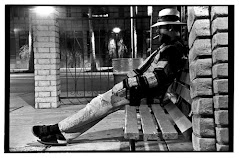
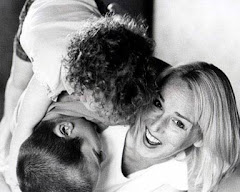
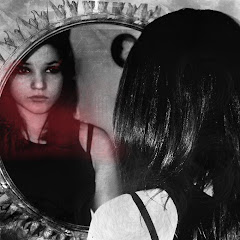
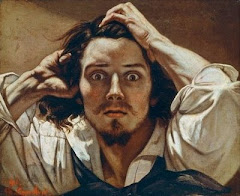
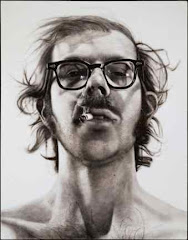

No comments:
Post a Comment